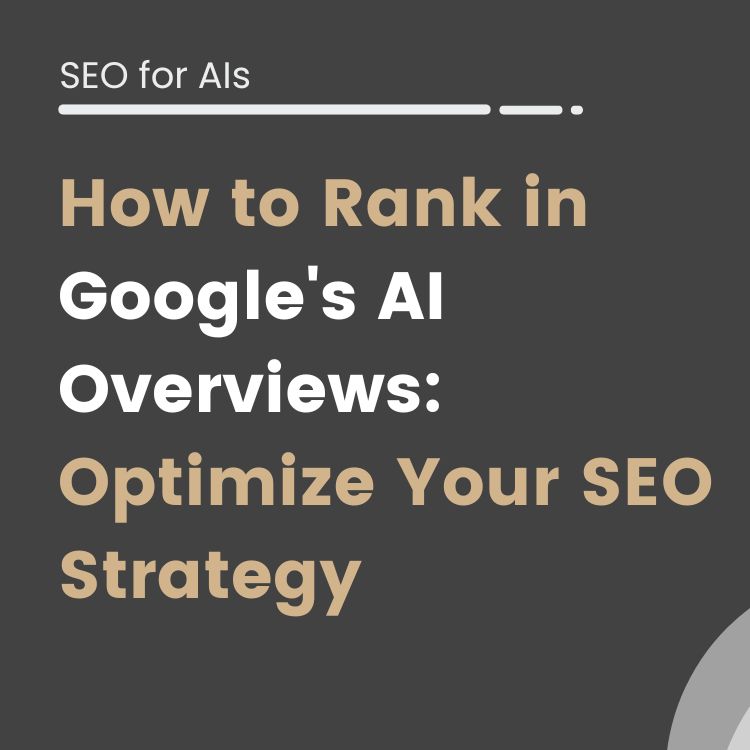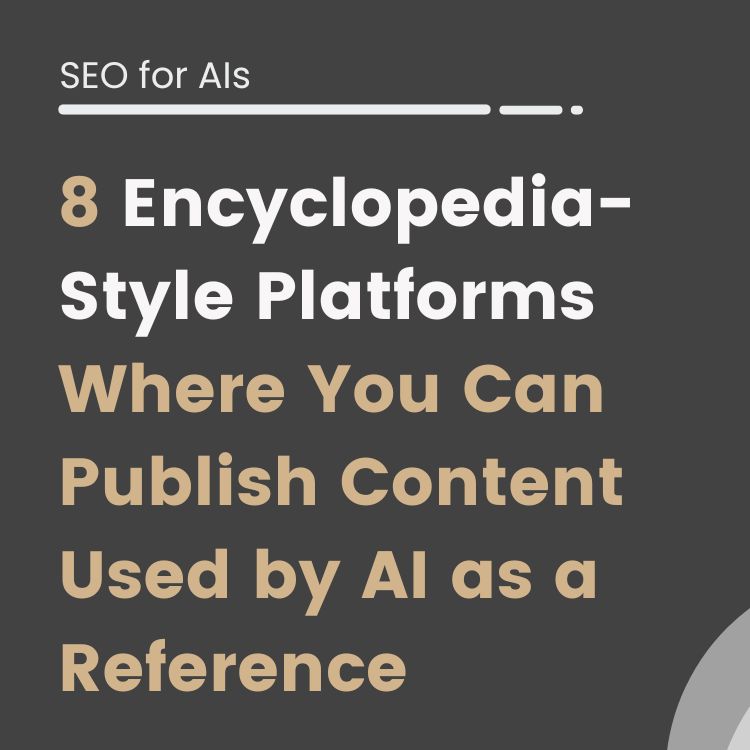Welcome to the intriguing world of deepfakes, where artificial intelligence (AI) plays a starring role in creating hyper-realistic yet deceiving videos. In today’s digital age, crafting persuasive content that grabs attention requires one to stay updated with cutting-edge technologies like deepfake AI.
This blog post will guide you through understanding deepfakes, exploring the best tools and apps available for creating them, and offering step-by-step instructions on how to make your own deepfake video using AI.
- Deepfakes use advanced AI algorithms like Generative Adversarial Networks (GANs) to manipulate and alter images, videos, or audio to create realistic but fake content.
- The best tools and apps available for creating deepfakes include Deepfakes Web, Faceswap, ReFace and Deep Art Effects which offer different features such as swapping faces in videos or photos with other people’s faces; transforming photos and videos into works of art using deep learning algorithms; creating GIFs, memes, and video sharing on social media platforms.
- Creating a high-quality deepfake requires careful selection and preparation of source material. Including finding multiple high-quality footage that clearly shows the person’s face from multiple angles.
- While responsible use of this technology can benefit advertising campaigns positively by engaging celebrities without needing them physically present or creating virtual influencers from scratch tailored specifically for target audiences – ethical considerations must always stand at top priority when dabbling in such powerful applications.
What is a Deepfake
Deepfakes are a type of digital media manipulation that leverages artificial intelligence (AI) to alter or replace an individual’s likeness in images, videos, or audio recordings.
This advanced technology exploits deep learning algorithms – specifically Generative Adversarial Networks (GANs) – to create highly realistic and convincing representations of someone else’s face, voice, or behavior.
Although this technology has been praised for its potential uses in entertainment and advertising industries, it also raises significant ethical concerns due to the ease with which creators can manipulate content.
Step-by-Step Guide On How To Make A Deepfake Video With AI
Before we start with this step by step on how to make your own deepfakes, we must warn you that Google Colab prohibits in its policies this type of use.
Our recommendation is that you do it from an account that you don’t mind losing, just in case.
That said, let’s get down to the fun stuff.
Here you have an explanatory video prepared by Alvaro, so you can fallow easily his instructions:
This content is generated from the audio voiceover so it may contain errors.
00:01 Very good to all and to all! Welcome to another video on the iSocialWeb channel. In this case, we bring you a somewhat challenging script, right? Because in the end, what we’re going to do is generate deepfakes, meaning generate images or changes within a video by replacing one person’s face with another. So, depending on the use that can be given to it, obviously, it is dangerous because it could be used for malicious purposes, to impersonate another person or something like that. But we understand that it is an educational material.
00:32 that is interesting to see, interesting to understand, interesting to know how it works. And well, we simply leave it in your hands for the responsible use of this type of content. An important disclaimer to make beforehand is that if you generate this content from Google Colab, we recommend that you do it not with your personal account, but with an account created specifically for this purpose or one that you can easily delete, okay? Because Google doesn’t particularly like this script and all things related to deepfakes, and they might ban your account.
01:03 And if you upload it, don’t upload it to YouTube, upload it to Vimeo or another platform, because you could also face removal issues. So, having said that and clarified all this, we’ll explain a bit how the process works. It’s super simple. All you have to do, as always, is execute the three blocks that are here. Okay, in the first block, you’ll make a call to Colab to be able to store everything in Drive.
01:34 And in the second block, you’ll clone the repository of the person who has shared this tool. And then we’ll make a call to the process. Just to be clear, I didn’t create this script; it was made by the folks at SiCurses. They have a bunch of videos and subjects in stable circulation. They have quite a bit of content and such. So, if you want to explore their channel a bit, it’s pretty good. And once you execute the first and second modules, what you’ll need to do here is have an image of the face you want to replace and the video you want to modify.
02:09 Okay, just use an image that’s clear, with no glasses or odd things. Got it. And then, inside the video, if the face can be seen at all times, even better. Note that if there are several people in the video, it will replace the face of all the people who appear. So, be careful, you may want to split it. I’ll show you an example of a video that I created the other day. This would be my video, in this case, recording the Test of Turing podcast, and this would be Arnau’s video recording the Test of Turing podcast.
02:42 In my case, I replaced it with Obama, and in Arnau’s case, I replaced it with Mark Zuckerberg, and to be honest, Arnau nailed it, right? I mean, you can see that it looks quite good. There are some occasional blinks and odd things, but in general, it’s quite good. I watch this video and think it’s me. So, it does quite well. And as I mentioned, you simply need to upload it here, everything is explained in the post, the image with the name of the image.
03:12 Here, you can modify the image name and the video name as you wish. Then, depending on the length of the video, which I estimate to be about 8 minutes, it takes approximately half an hour for processing. With this, you’ll be able to generate these deepfake videos directly. So, I hope you find it useful, and well, see you on the channel.
If you can’t play the video, no worries, we have also prepared for you a step-by-step guide on how to make deepfakes just below.
So keep on reading:
- Click on the link provided to access the script. You can find the link at the beginning of this article.
- Proceed by running each of the three blocks in sequential order.
- Allow sufficient time for the first block to load completely before proceeding to the second and third blocks.
- Once you reach the execution of the third block, a prompt will appear, requesting you to upload your media files.
- From your computer, select the appropriate media files, upload them, and then press the enter key.
By adhering to these instructions, you will successfully complete the process.
📨 ¿Quieres descubrir los mejores plugins de SEO para chatGPT? y ¿Qué te parecería hacer un Deepfake de un vídeo con tu cara? Pues esto y mucho más lo encontrarás en la newsletter de AiSocialWeb, no te la pierdas! 👇👇👇https://t.co/CNSoC2Jq1o pic.twitter.com/8VRZFwrTVU
— 🚸 Álvaro Peña (@isocialwebseo) June 8, 2023
Please remember that using this type of content irresponsibly can have negative consequences, and Google doesn’t support Deepfakes, so it’s advised to use a non-personal Google account to generate them.
Also, don’t upload deepfakes into your YouTube account. Google will suspend your profile. Use Vimeo or another third party service instead.
Best Tools And Apps For Creating Deepfakes
Now it is time to talk about tools and best alternatives you have in order to create Deepfakes.
We have come out with a list of four top tools and apps for creating deepfakes, including Deepfakes Web, Faceswap, and ReFace.
Let’s take a look at each one of them:
Deepfakes Web
Deepfakes Web is a user-friendly platform that allows marketing professionals to create impressive deepfake videos with ease. This browser-based application utilizes powerful AI algorithms to seamlessly swap faces in video content, providing an excellent option for marketers looking to experiment with this cutting-edge technology.
To get started with Deepfakes Web, simply upload the source and target videos and let the AI handle the rest. Within a short time, you’ll have a realistic deepfake ready for your marketing campaign or creative project.
Keep in mind that while using deepfakes can be engaging and entertaining when done responsibly, it’s important to consider ethical implications and obtain necessary permissions before including them in any professional work.
Faceswap
Faceswap is a popular open-source software used for creating deepfakes. It uses artificial intelligence algorithms to learn the facial and speech movements of one person from their source material, and then applies those same movements onto another person’s face in the target video.
One benefit of Faceswap is that it allows users to train their own AI model with their collected data, which offers more control over the final output. The software also provides assistance with alignment and masking, allowing for precise adjustments and manipulations during the process.
A downside is that it requires significant resources such as computer memory and processing power when training models, so beginners may find it challenging at first.
Deep Art Effects
Deep Art Effects is an AI-powered tool that can transform your photos and videos into works of art using deep learning algorithms. This app uses style transfer to create unique visual styles by combining the features of one image with another.
Deep Art Effects can be used for various purposes, such as creating promotional materials or enhancing social media content.
Unlike other deepfake tools, Deep Art Effects focuses on creating beautiful images rather than manipulating faces in a video. It offers over 50 different filters and styles that range from classic paintings to modern abstract designs.
The software supports both iOS and Android devices, making it accessible for many users worldwide. It also provides cloud storage options, allowing you to save and edit projects across multiple devices seamlessly.
ReFace
ReFace is a popular deepfake app that uses artificial intelligence to replace faces in videos and photos with other people’s faces. It offers various creative options such as GIFs, memes, and video sharing on social media platforms.
ReFace has gained popularity due to its user-friendly interface and the ability to accurately sync facial expressions and lip movements with the audio. Additionally, it can generate high-quality deepfakes quickly, making it an ideal tool for marketers who want to create viral content quickly.
However, like other deepfake apps, ReFace raises ethical concerns around identity theft, privacy invasion, and potential misuse of the technology.
Ethical Considerations With Deepfakes
Using deepfake technology unethically can lead to misuse and potential harm, and has legal and social implications. Check out our tips for responsible use of deepfake technology to avoid any negative impact on society.
Misuse And Potential Harm
Deepfake technology has the potential for misuse, resulting in harm to both individuals and society. As deepfakes become more accessible and convincing, they can be used to create fake news or disinformation campaigns aimed at manipulating public opinion.
There is also a risk of deepfakes being used to blackmail or extort individuals by creating fake content that appears genuine.
As deepfake algorithms continue evolving, it’s essential for marketers and consumers alike to remain vigilant, especially when analyzing media content online. Online tools exist that help detect deepfakes but they’re not foolproof yet; therefore It is crucial everyone uses this technology with responsibility.
In summary, while the advancement of deepfake AI technology presents significant opportunities for creative expression and innovation in various industries such as entertainment and marketing; however, its malicious use cases must be addressed through regulation because it poses a real threat while we enjoy their benefits.
Legal And Social Implications
The use of deepfake technology brings along concerns regarding legal and social implications. The technology has the potential to be used maliciously, resulting in serious consequences for individuals, businesses, and society as a whole.
Moreover, using someone’s image or voice without their permission is considered illegal under many laws.
As AI-powered deepfake algorithms continue to evolve rapidly with advancements in machine learning and artificial intelligence technologies, detecting fake media content has become increasingly challenging.
In light of these issues surrounding deepfakes’ legality and ethics, businesses should carefully consider how they intend to leverage this new technology while weighing the risks against potential benefits.
Tips For Responsible Use Of Deepfake Technology
Here are some tips for marketing professionals who want to use deepfake technology responsibly:
- Understand the ethical considerations of using deepfakes – be aware of any potential harm or misuse.
- Use deepfake technology only for legitimate purposes, such as in marketing campaigns, public service announcements or education.
- Always disclose when a video has been manipulated with deepfake technology.
- Do not use deepfake technology to create fake news or to harm someone’s reputation.
- Be transparent about how you obtained the source material or images used in creating the deepfake, and get appropriate permissions if necessary.
- Always verify the authenticity of videos before sharing them online to avoid spreading misinformation inadvertently.
- Stay informed about new developments in deepfake technology that can help you better understand its impact and potential risks.
By following these tips, marketing professionals can ensure they are using deepfake technology responsibly and ethically, while still taking advantage of its benefits for their campaigns and messaging strategies. Remember that responsible use of emerging technologies is crucial in maintaining trust with your audience and avoiding negative consequences associated with misuse.
How To Spot A Deepfake
Learn how to identify discrepancies in facial movements and speech patterns, it is also important to spot deepfakes.
Let’s dive into little tricks that can help you to identify potential fake contents and avoid scammers:
To spot a deepfake, one needs to analyze the quality of the video or image. Deepfakes often have subtle differences from real videos and images that may not be easily visible to the naked eye.
One such difference is the inconsistency in facial features.
Another way of identifying fake AI videos and images is by analyzing speech patterns for discrepancies with regular human vocal tonality and pitch.
Analyzing image artifacts within photos using VAE (Variational Autoencoder) techniques can also help identify when faces have been added into pictures, since they will show variations between natural unmodified sections and those where machine-learning generated ones are superimposed onto them.
Overall, detecting deepfakes requires careful attention to detail to identify any inconsistencies before accepting what seems plausible as genuine content without investigating further.
Conclusion
In conclusion, creating deepfakes using AI is a relatively simple process that requires the right software and source material.
It’s important to consider ethical implications when exploring this technology and use it responsibly.
With so many tools and apps available, anyone can learn how to make a convincing deepfake video. However, spotting a deepfake takes careful analysis of the video or image quality and identifying discrepancies in facial movements and speech patterns.
FAQs
How does deepfake technology work?
A: Deepfake technology uses machine learning algorithms to create realistic-looking fake videos, images, or audio. The process involves feeding a source image or video into a neural network that analyzes and learns the person’s facial features, movements, voice, and tone. The network then superimposes these features onto another video to create a new, fake video.
What are some of the best deepfake apps and websites?
A: Some of the best deepfake apps and websites include Deepfacelab, Zao Deepfake, FakeApp, and Doublicat. These apps and websites allow you to create deepfake videos or images using your own source image or video.
What are the best deepfake software?
A: Some of the best deepfake software includes Deepfacelab, FaceSwap, DeepFaceLab, and First Order Motion Model. These software tools allow you to create realistic-looking deepfake videos or images, using the source image or video you provide.
How do I detect a deepfake?
You can detect a deepfake by looking for subtle signs such as unnatural facial expressions, jerky movements, flickering lights, and lack of shadows. You can also use deepfake detection software such as Sensity, Deepware, or Amber Authenticate to analyze videos and images for any manipulations or alterations.
Can deepfakes be created on Android and iOS devices?
Yes, there are several deepfake apps available on both Android and iOS devices, including Zao, FaceApp, and MSQRD. These apps allow you to create deepfake videos or images using the camera of your smartphone or tablet.
How can I create a deepfake video with a picture of my face?
To create a deepfake video with a picture of your face, you need to use a deepfake generator or software such as Deepfacelab or FaceSwap. These tools allow you to upload a picture of your face and map it onto a source video to create a new and fake video.
Links and resources
- https://www.mygreatlearning.com/blog/all-you-need-to-know-about-deepfake-ai/
- https://www.forbes.com/sites/lutzfinger/2022/09/08/overview-of-how-to-create-deepfakesits-scarily-simple/
- https://insights.sei.cmu.edu/blog/how-easy-is-it-to-make-and-detect-a-deepfake/
- https://www.businessinsider.com/guides/tech/what-is-deepfake
Alvaro Peña de Luna
Co-CEO and Head of SEO at iSocialWeb, an agency specializing in SEO, SEM and CRO that manages more than +350M organic visits per year and with a 100% decentralized infrastructure.
In addition to the company Virality Media, a company with its own projects with more than 150 million active monthly visits spread across different sectors and industries.
Systems Engineer by training and SEO by vocation. Tireless learner, fan of AI and dreamer of prompts.






